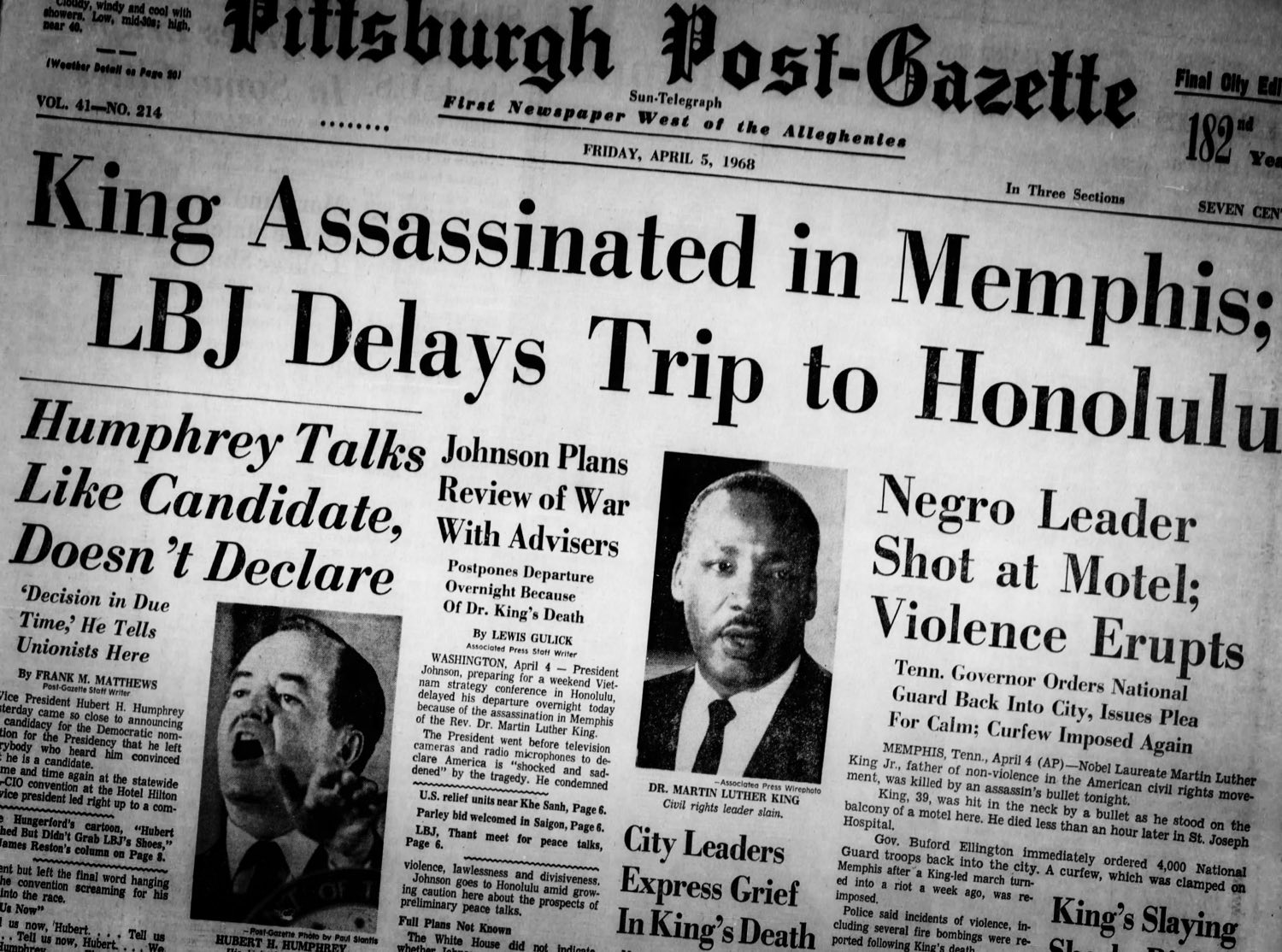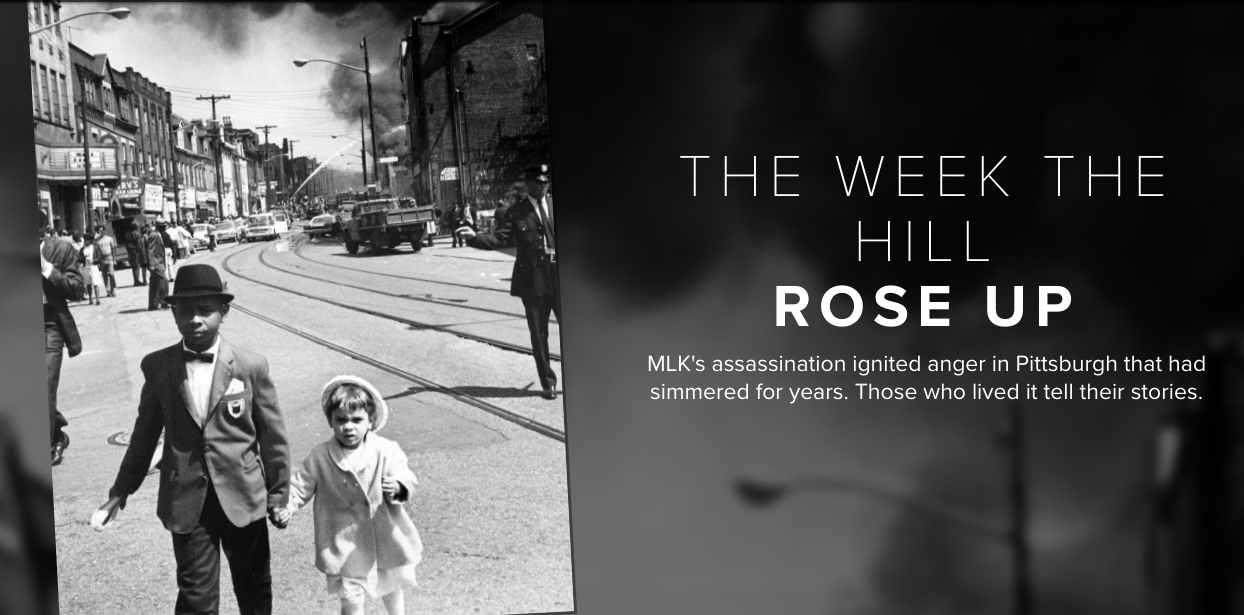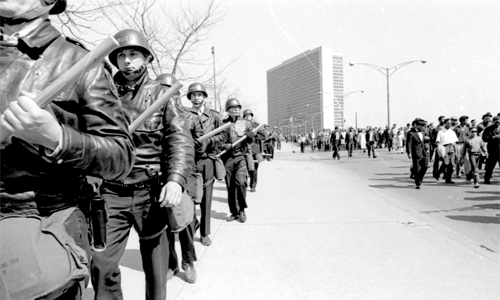
Sparked in the riots of the sixties and smoldering through the nineties, Pittsburgh endured tremendous social, economic, and cultural commotion.
In 1976, a Home Rule form of government was adopted by the people; in the 1980s, the steel mills declined to extinction while the Renaissance campaigns sought to revitalize commerce; the population declined as the hard-working blue-collar workforce was displaced.
Swirling from the ashes of social turbulence in the mid-nineties were indicators of seriously strained relations between citizens and their police:
- A history of suspicious deaths and police abuse, though not exclusively affecting the African American community, the incidence was notably suspicious.
- Increasing number of lawsuits and liabilities accruing to the city as a result of unlawful police conduct.
- Public distrust of internally conducted investigations of police conduct.
- Public perception of disciplinary leniency in the Bureau of Police.
- Absence of professional standardization in expected conduct and procedural protocols against which questionable conduct could be measured.
A dearth of efforts to reform police conduct gave way to an unprecedented flurry of activism from the U.S. Congress, the Federal Courts, and the Council of the City of Pittsburgh.

In the wake of the assassination of Martin Luther King Jr., Pittsburgh saw civil unrest. Read the Pittsburgh Post-Gazette’s special feature “The Week The Hill Rose Up”.


